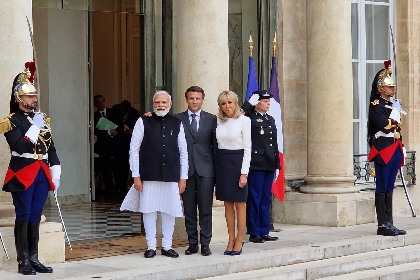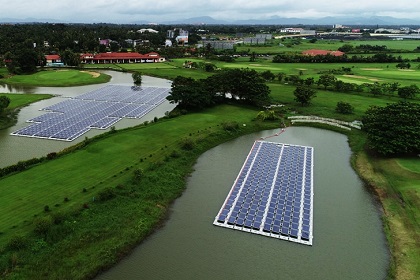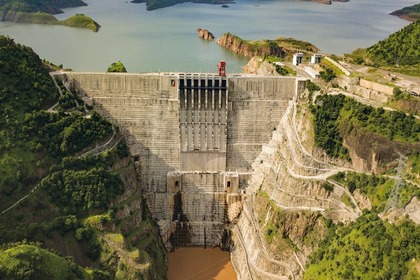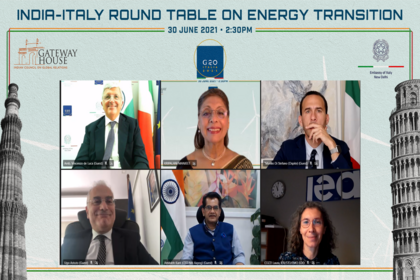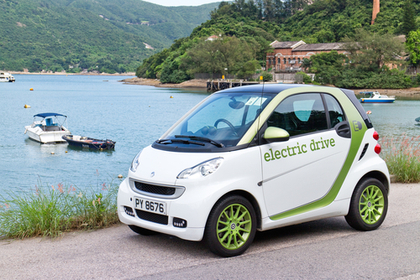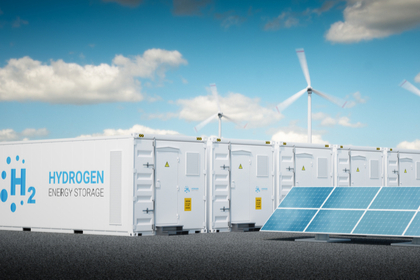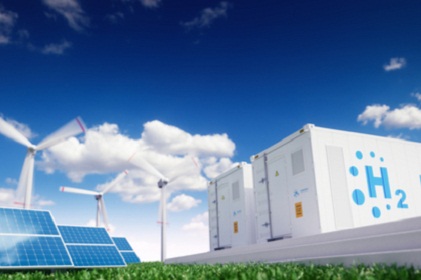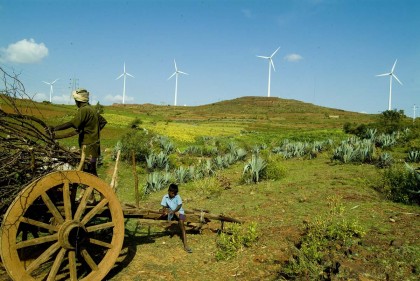India and France are reliable partners
The strength and trust in the India-FRANCE bilateral was evident during the May 4th visit of Prime Minister Modi to Paris. Beyond the difficult discussions on multilateral issues, the partnership has been deepened in several key areas of cooperation, from defence to education, climate, energy, digitalisation and technical collaboration. Energy and digitalisation are two particularly bright spots for future collaboration.

